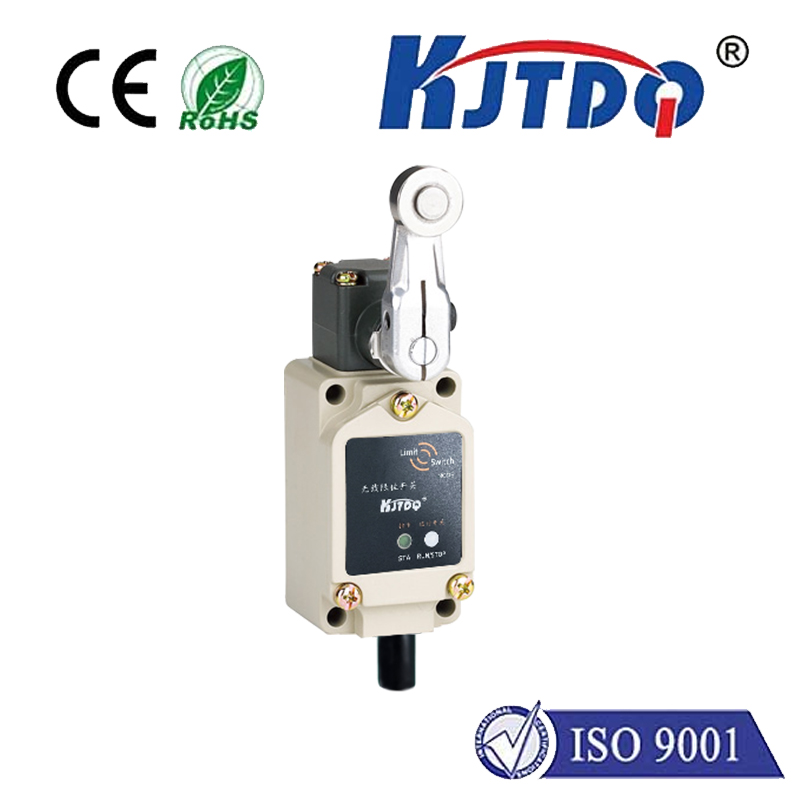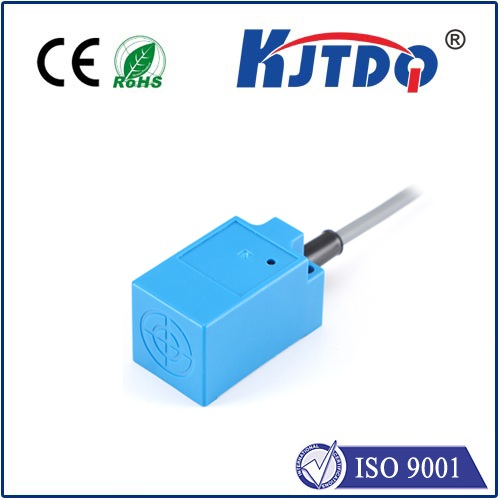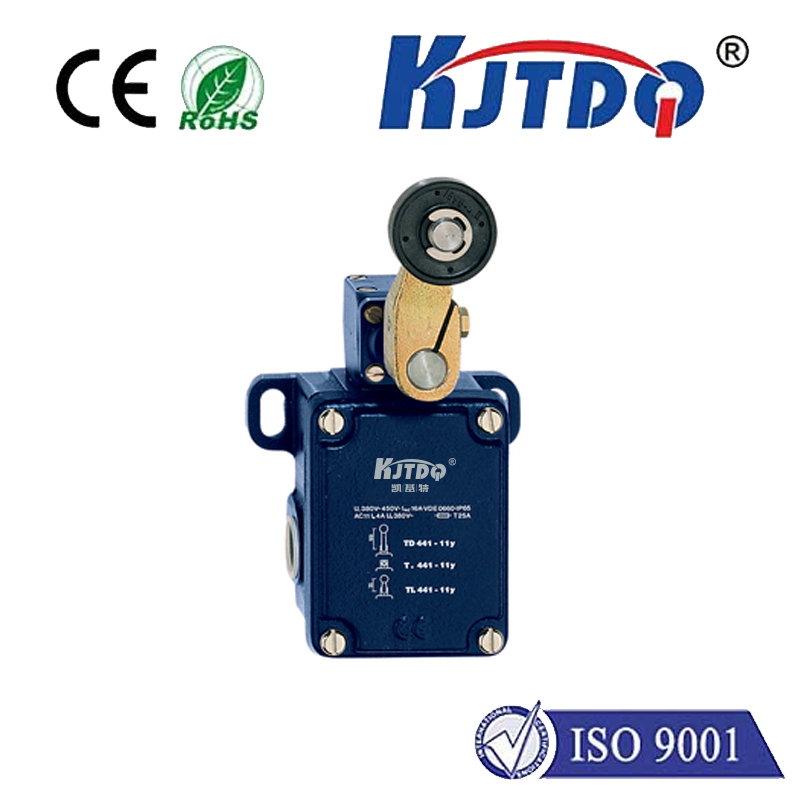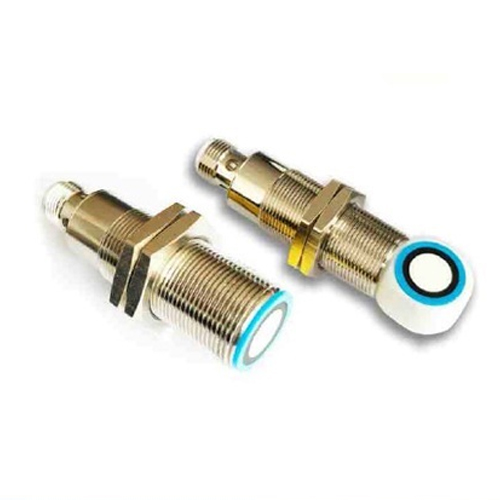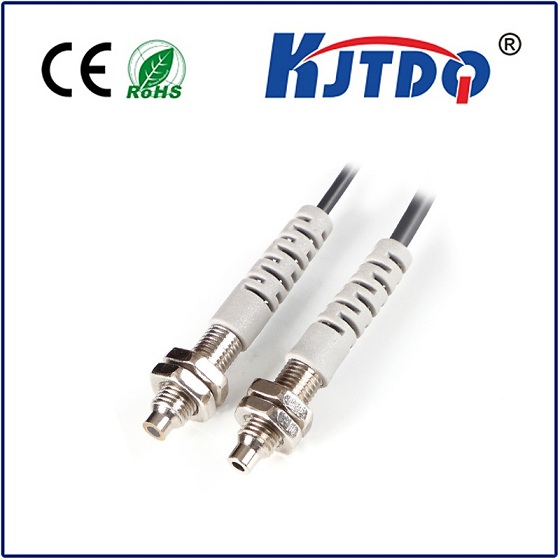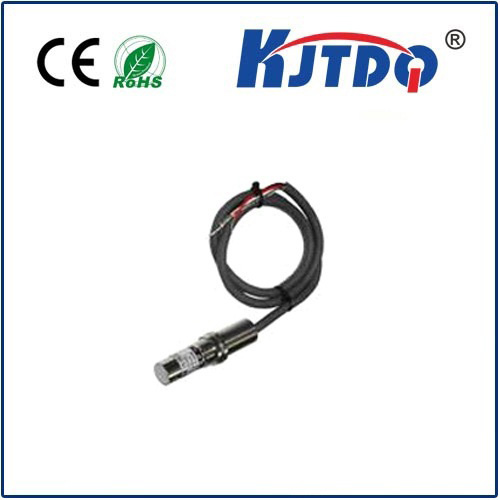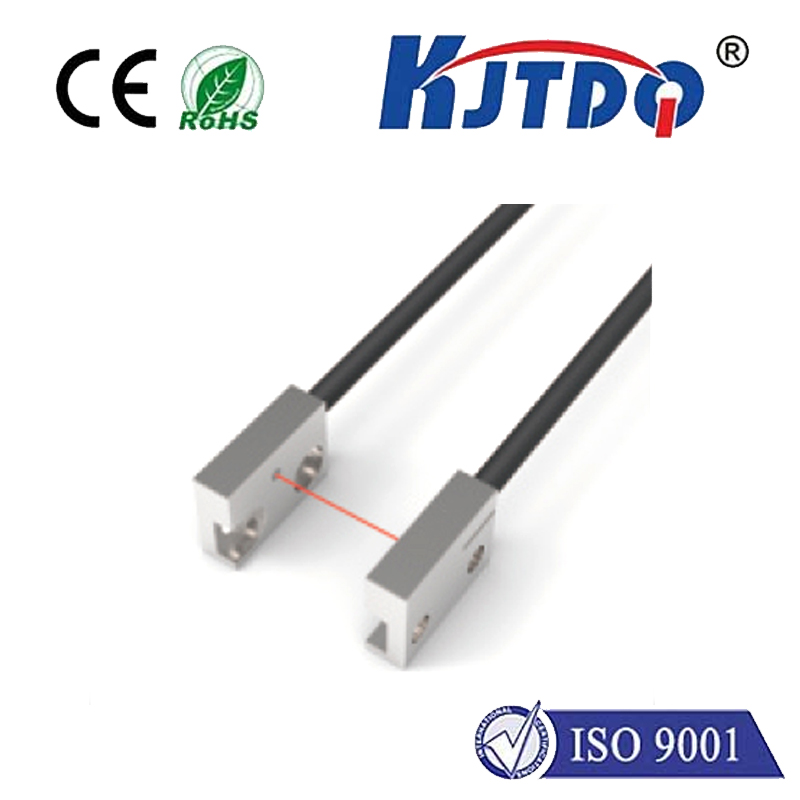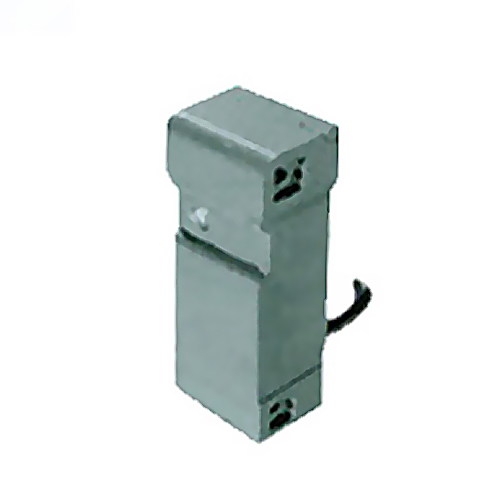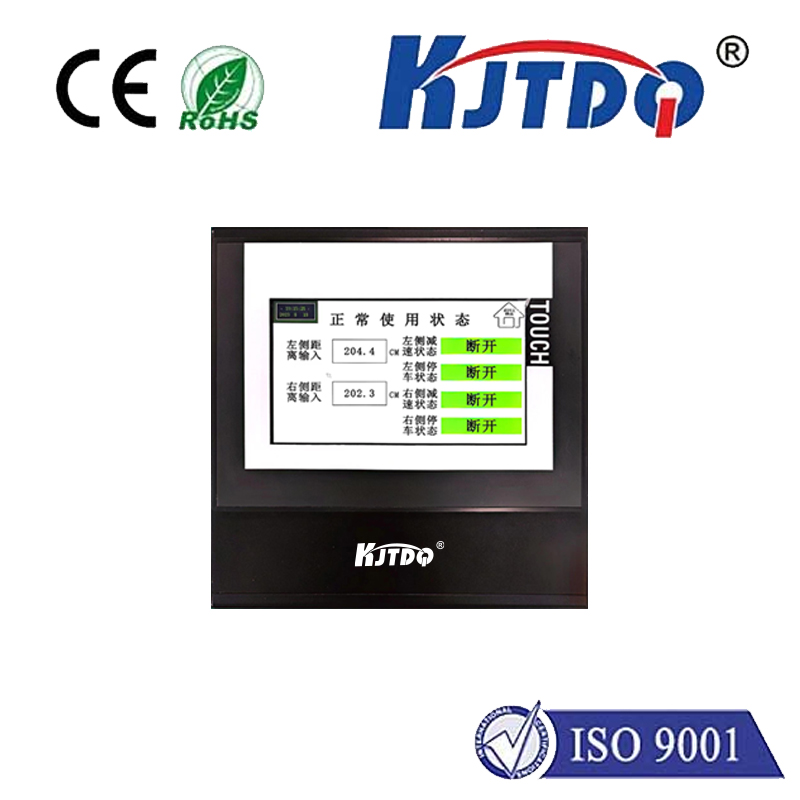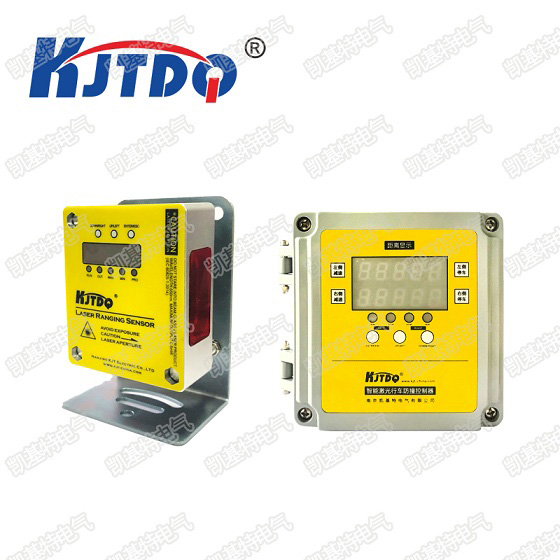level limit switch
- time:2025-07-31 03:01:35
- Click:0
Level Limit Switch: Your Essential Defense Against Overflow and Empty Tank Disasters
Imagine a critical chemical storage tank silently reaching its maximum capacity. Without intervention, expensive product spills over, creating a hazardous environmental incident, costly cleanup, and potential regulatory fines. Or picture a crucial water reservoir running unexpectedly dry, causing pumps to run destructively dry, leading to catastrophic failure and halted operations. These are the high-stakes scenarios silently prevented every minute by an unsung hero of industrial control: The Level Limit Switch.
This fundamental device, also frequently referred to as a point level switch or level safety switch, is the vigilant sentinel at the boundary. Its core mission is unequivocal: To detect when a liquid, slurry, or bulk solid material within a vessel reaches a defined critical high or low point and instantly trigger an action – sounding an alarm, shutting off an inlet valve, stopping a pump, or initiating a safety sequence. It’s not about continuous measurement; it’s about definitive, reliable action at the critical limit.
How Does This Silent Guardian Work?
Unlike continuous level sensors that provide a constant measurement signal, a level limit switch operates on a simple binary principle: On or Off, Safe or Critical. It is strategically installed at a single, predetermined point within a tank, bin, silo, or hopper. When the substance’s level reaches this precise installation point, the switch activates (or deactivates, depending on the type and configuration). This change in its electrical state sends a clear, unambiguous signal to the plant’s control system.

Achieving this detection relies on diverse technologies, each suited to specific applications and materials:
- Float Switches: A buoyant float rises or falls with the liquid level. When it reaches the critical point, it mechanically actuates a switch (often magnetic or mechanical). Extremely common for liquids, relatively simple, and cost-effective.
- Vibrating Fork/Tuning Fork Switches: A piezoelectric driver vibrates fork prongs at their resonant frequency. Immersion in material (liquid or bulk solid) dampens this vibration. The resulting frequency shift is detected, triggering the switch. Highly reliable and largely unaffected by flow, bubbles, foam, or buildup; excellent for powders, granules, and liquids.
- Capacitance Switches: Measure the capacitance change between an electrode and the tank wall (or a reference electrode). Contact with the material alters the dielectric constant, triggering the switch. Effective for liquids, some solids, and interfaces. Often requires calibration.
- Optical Switches: Use infrared light. The presence of material at the sensing point either reflects, refracts, or blocks the light beam, changing the receiver’s state. Good for clear liquids and solids; can struggle with heavy coatings or opaque materials.
- Conductivity/RF Admittance Switches: Detect the presence of conductive fluids by completing an electrical circuit between probes (conductivity) or by detecting a change in RF impedance/admittance at the probe (RF admittance, better for coatings). Primarily for liquids; conductivity requires a minimum conductivity threshold.
- Rotating Paddle/Paddle Wheel Switches: A motor-driven paddle rotates freely in air. When bulk solids obstruct the paddle’s rotation, torque increases, triggering the switch. Ideal for dry bulk solids like grains, plastics, powders, or pellets.
- Ultrasonic & Microwave (Radar) Switches: While often used for continuous level, compact versions exist for point level detection, emitting a signal and detecting its reflection from the material surface at the specific set point. Useful where non-contact is essential.
Where is this Critical Protection Deployed?
The applications for level limit switches span virtually every industry where containment of materials is paramount:
- Overfill Prevention (High-Level Switch): The most critical safety application. Installed at the absolute safe maximum fill level to stop filling pumps, close inlet valves, or trigger alarms. Mandatory in chemical processing, fuel storage (gasoline, diesel, aviation fuel), water/wastewater treatment, food & beverage, and pharmaceutical storage to prevent spills, environmental damage, and fire hazards.
- Dry Run Protection (Low-Level Switch): Protects pumps, agitators, and other equipment from operating without sufficient fluid, preventing overheating and catastrophic damage. Essential in water supply systems, cooling circuits, lubrication systems, and transfer processes.
- Leak Detection (Low-Level Alarm): Monitoring for unexpectedly low levels in tanks or reservoirs can indicate a leak or process issue.
- Pump Control: Starting/stopping pumps based on tank levels (e.g., sump pumps).
- Bulk Solids Management: Preventing bin overflow (high-level) or ensuring sufficient material feed (low-level) in silos handling grains, plastics, cement, fly ash, etc.
- Interface Detection: Differentiating between two immiscible liquids (e.g., oil on water) based on their differing electrical or density properties.
Why Choose a Limit Switch Over Continuous Monitoring?
While continuous level monitoring provides valuable process data, level limit switches offer distinct advantages for critical control points:
- Simplicity & Reliability: Often mechanically or electrically simpler than sophisticated transmitters, leading to potentially higher intrinsic reliability for a dedicated safety function.
- Cost-Effectiveness: Generally a lower initial investment.
- Clear Action: Provides a definitive, easily integrated on/off signal for direct control actions.
- Specificity: Designed solely for the critical boundary detection task, minimizing complexity at that point.
- Fail-Safe Options: Many designs offer configurations where a loss of power or failure results in the switch activating the safe alarm/shutdown state (e.g., “de-energize to trip”).
Installation and Vigilance: Key to Performance
The effectiveness of a level limit switch hinges on correct selection and installation:
- Right Sensor for the Job: Consider the material properties (liquid/solid, conductivity, dielectric constant, density, viscosity, abrasiveness, coating tendency), process conditions (temperature, pressure, agitation), vessel size, required safety integrity level (SIL), and required switching action (NO/NC).
- Precise Location: Installation at the precise critical level point is non-negotiable. For high-level overfill prevention, adhere strictly to safe filling height calculations and standards (like API 2350 for petroleum).
- Mounting: Ensure secure mounting capable of withstanding process conditions and vibrations. Proper seals for pressurized or hygienic environments are critical.
- Avoiding Interference: Position away from agitators, inlets, or other sources of turbulence or material impact that could cause false signals.
- Routine Maintenance & Testing: Like any critical safety component, periodic inspection, cleaning (to prevent material buildup), and functional testing according to the safety plan are essential to ensure ongoing reliability. Testing often includes verifying the switch activates correctly when simulated material reaches the probe.
The Indispensable Sentinel
In the complex orchestra of industrial processes, the level limit switch plays a vital, focused role. It doesn’t need to know the precise level at all times; its power lies in its unwavering certainty at the critical boundary. By providing a simple, robust, and reliable signal at the precise moment action is imperative, these devices prevent financial loss, protect valuable equipment, safeguard personnel, and shield the environment. Choosing the correct technology, installing it meticulously, and maintaining it diligently ensures this essential sentinel remains ever-vigilant against the costly and dangerous specters of overflow and dry running.






